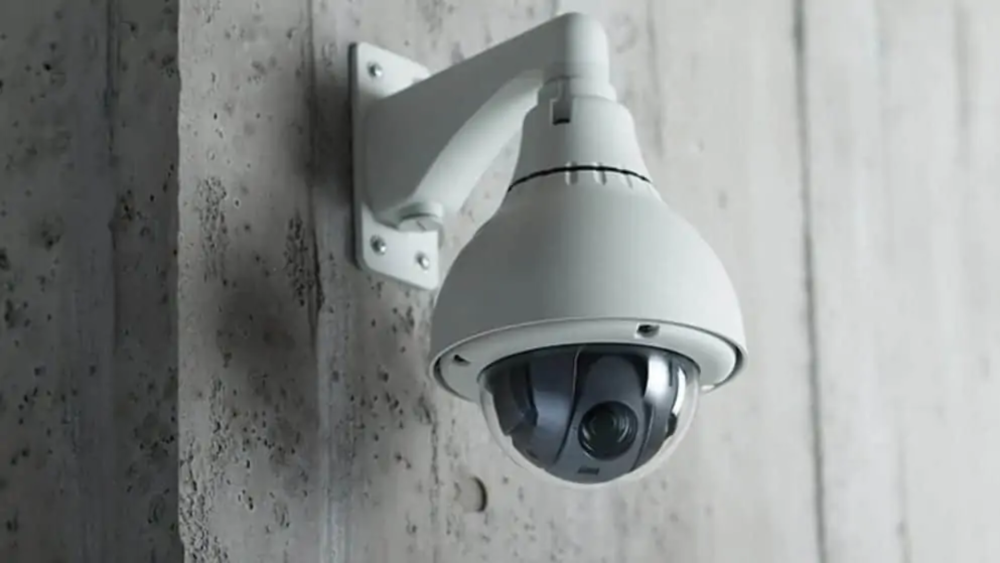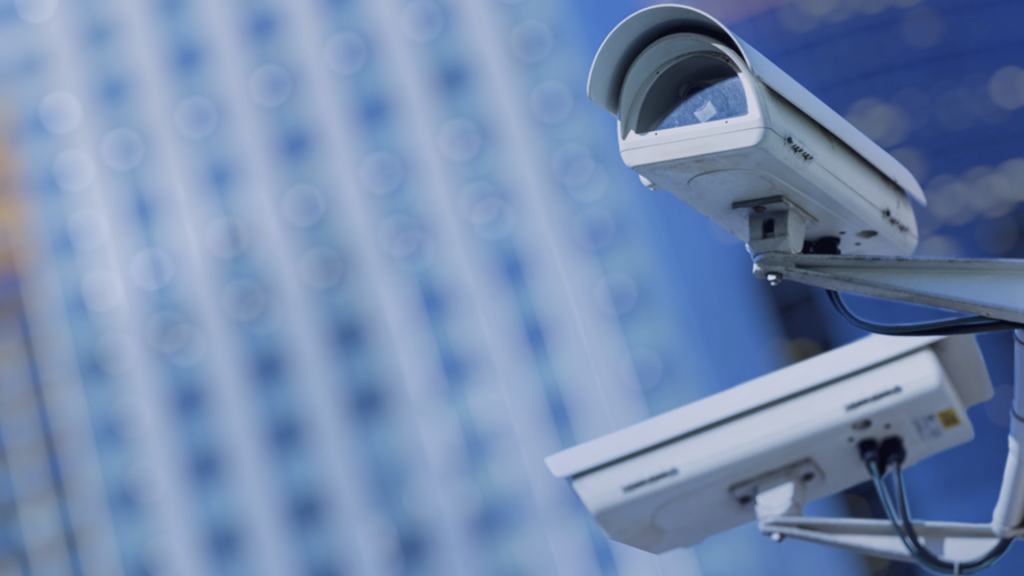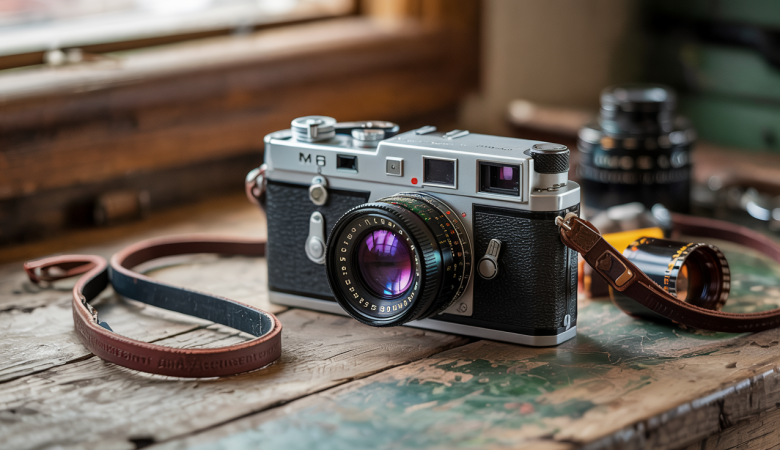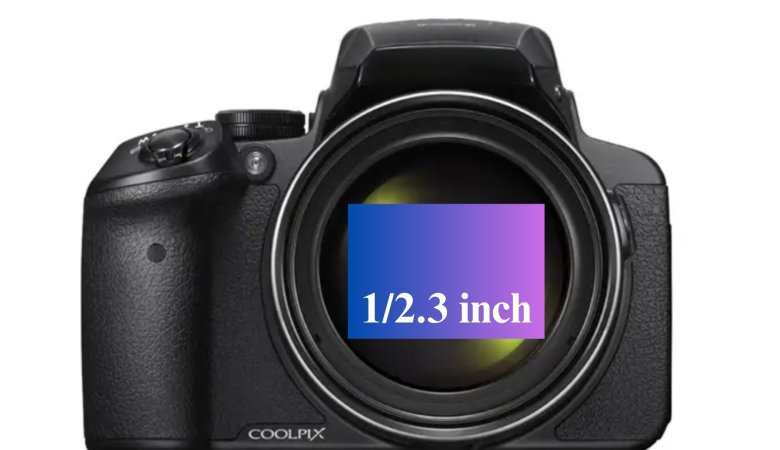When you install security cameras, you probably want to know how long the footage stays available. This question matters for both homeowners and business managers who rely on these systems for safety.
Security footage storage varies widely based on several factors. The type of camera, storage method, and video quality all play a role in how long you can access your recordings.
Having clear information about footage retention helps you make better choices about your security setup. It lets you plan properly and ensures you’ll have access to important videos when needed.
This guide will explain everything that affects the duration of security camera footage. We’ll cover storage options, factors that influence storage, and the reasons why storage is automatically deleted.
Understanding Security Cameras
Security cameras come in many types, each with different features and storage methods. Knowing how these systems work helps you pick the right one for your needs and understand its footage storage limits.
- Most security cameras record video when they detect motion, which saves storage space compared to continuous recording.
- Camera resolution affects both video quality and storage needs – higher resolution means clearer images but requires more storage space.
- Storage methods vary from local recording on SD cards to network video recorders (NVRs) or cloud-based solutions.
- Frame rate settings determine how smooth your footage looks and how much storage it uses.
- Compression technology helps reduce file sizes without losing important visual details.
- Weather-resistant cameras require special features to operate effectively outdoors, but they function similarly to indoor models for storage purposes.
- Wireless cameras offer flexible placement but may have more limited storage options than wired systems.
List of Factors that Influence Storage
Several key elements determine how long your security camera footage is retained before it is overwritten. These factors work together to affect storage capacity and retention time.
Understanding them helps you make smart choices about your security system setup and manage your expectations about footage availability.
| Factor | Impact on Storage |
|---|---|
| Resolution | Higher resolution (1080p, 4K) creates larger files that fill storage faster than standard definition footage. |
| Frame Rate | More frames per second means smoother video but consumes storage space much quicker. |
| Recording Mode | Motion-activated recording saves space compared to 24/7 continuous recording. |
| Compression Format | Modern formats like H.265 store footage more efficiently than older standards. |
| Storage Capacity | Larger hard drives or cloud plans allow for longer retention of footage. |
| Number of Cameras | More cameras in your system means storage fills up faster with the same drive size. |
How Long Does Security Camera Footage Last
Security camera footage typically lasts between 30 to 90 days for most commercial systems. For home security cameras, this range often narrows to 7 to 30 days.
The exact duration depends on your specific setup and storage solution. Systems with local storage on SD cards might only keep footage for a few days or weeks.
DVR and NVR systems with larger hard drives can store recordings for one to three months.
Cloud-based storage options vary based on your subscription plan, with some basic plans keeping footage for a week while premium plans may store it for up to a year.
Many security companies follow standard practices that balance storage costs with practical needs. Most recommend keeping footage for at least 30 days to ensure you have time to notice and review any security events.
Cloud Storage Vs. Local Storage
When setting up security cameras, you’ll need to choose between cloud storage and local storage options. Each has distinct benefits and limitations that affect how long your footage lasts and how you can access it.
| Factor | Cloud Storage | Local Storage |
|---|---|---|
| Storage Location | Footage stored on remote servers managed by service providers | Footage saved directly to SD cards, DVRs, or NVRs at your location |
| Cost | Monthly subscription costs, but no hardware to maintain | One-time purchase of storage devices, but may need replacement |
| Access | Access footage from anywhere with an internet connection | Access is typically limited to a local network or direct connection |
| Storage Capacity | Storage capacity based on subscription plan | Storage capacity is limited by physical drive size |
| Backup & Protection | Automatic backup and protection from local damage | Vulnerable to theft or damage to your property |
| Retention Period | Retention periods typically range from 7-30 days on basic plans | Retention can range from days to months, depending on the drive size |
Why Footage is Deleted Automatically
Security cameras delete old footage automatically through a process called overwriting. This happens due to practical limitations and helps manage the system effectively.
- Storage devices have finite capacity and must make room for new recordings.
- Older footage gets replaced by new video in a continuous cycle once storage fills up.
- Legal requirements sometimes dictate maximum retention periods for privacy reasons.
- System performance can slow down when storage devices approach full capacity.
- Many users only need recent footage for practical security purposes.
- Some systems allow you to mark important clips to prevent them from being overwritten.
Conclusion
Now you know how long security camera footage typically lasts and what factors affect its storage time. The right setup can significantly increase the length of time you can keep your videos.
Remember that most home systems keep footage for 7-30 days, while business systems might store it for up to 90 days.
Your choice between cloud and local storage will depend on your specific needs and budget.
Do you want to make your footage last longer? Consider using motion detection, lower resolution settings during less critical times, or investing in larger storage options.
Don’t wait until after an incident to check your storage settings. Take time now to review your system and make sure it’s set up to keep footage for as long as you need it.







Leave a Reply